#naturefact
Text
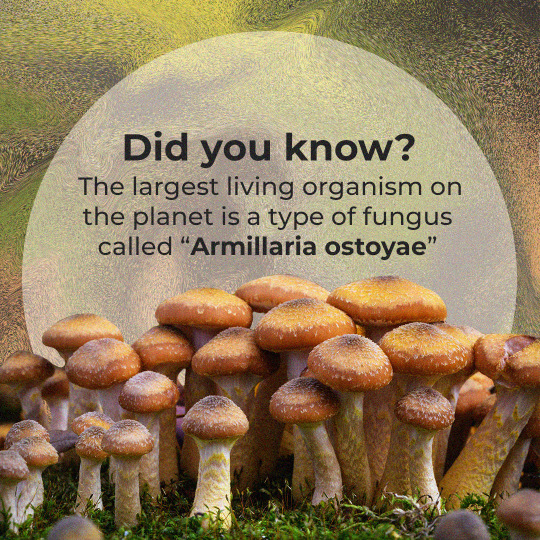


#mushrooms#fungus#fungi#lifeafterlife#humancomposting#naturefact#greenburial#naturalburial#turnintoatree#transcend#memorialpark#conservationcemetary#composting#sustainability#conservation#biodiversity#symbiosis
83 notes
·
View notes
Text

1 note
·
View note
Text
Have you heard?
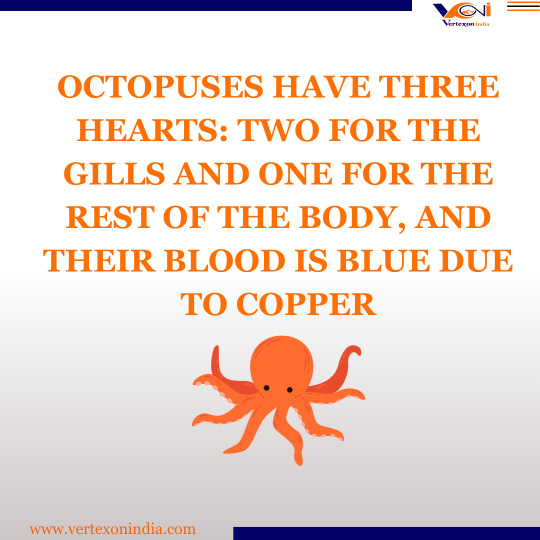
#Have you heard?#didyouknow#DidYouKnow#didyouknowthat#naturefacts#naturefact#sealife#oceanlife#oceanfact#octopus#vertexonindia#Vertexonindia
1 note
·
View note
Text
youtube
In this video, we explore the fascinating world of stingless bees. Join us as we explore the lives of these extraordinary insects and uncover their secrets.
Stingless bees, also known as meliponines, are a unique and diverse group of bees found in various parts of the world. Unlike their honeybee relatives, they possess no stingers, making them a gentle and intriguing species to study.
#stinglessbees#pollinators#beespecies#naturefacts#beekeeping#biodiversity#bee#savethebees#nature#geohoney#Youtube
22 notes
·
View notes
Photo

The Black Crowned Night heron is know to engage in bait fishing; luring or distracting fish by tossing edible or inedible buoyant objects into water within their striking range – a rare example of tool use among birds.. . . #natureisamazing #natureinspired #naturephotography #naturelover #naturegram #naturefacts #instafacts #instaknowledge #birdfacts #didyouknow #didyouknowfacts #birdphotography #birdphotographyindia #birdphotographersofindia #eye_for_nature #eye_spy_birds #nuts_about_birds #biodiversity #conservation #wetlands #rajasthantourism #incredibleindia . . . @birdphotographers_of_india @incredibleindia @tourismgoi @rajasthan_tourism @unbiodiversity (at Keoladeo Ghana National Park Area, Bharatpur) https://www.instagram.com/p/Co06z-wBsvK/?igshid=NGJjMDIxMWI=
#natureisamazing#natureinspired#naturephotography#naturelover#naturegram#naturefacts#instafacts#instaknowledge#birdfacts#didyouknow#didyouknowfacts#birdphotography#birdphotographyindia#birdphotographersofindia#eye_for_nature#eye_spy_birds#nuts_about_birds#biodiversity#conservation#wetlands#rajasthantourism#incredibleindia
20 notes
·
View notes
Note
Hi! I hope you're open to questions from Anonymous Bots, but- your ask box said you had nature facts? I'd love to hear one!
I do!! Did you know that some birds keep rocks in a special pouch in their neck called a craw? They use them to grind up tough food before it gets to their stomachs!
2 notes
·
View notes
Text
Plants That Can See 🌱👀
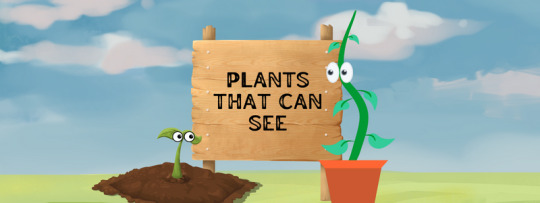
I have talked about in a previous post that plants communicate, as well as feel and smell in the unique way they do, but can they see?
I went into this subject as skeptical as you’d likely expect. After all, if something can “see,” then we expect them to have eyes, right? I certainly have not seen eyes on the tree in my back yard. Thankfully, not all people think like me, though, and one of those people was Charles Darwin.
Darwin started experimenting by putting canary grass in a room with a dim candle, and noted that even in the dim lighting, the plant bent towards the light(Heliotropism).
“Heliotropism prevails so extensively among the higher plants, that there are extremely few, of which some part, either the stem, flower-peduncle, petiole, or leaf, does not bend towards a lateral light.”
Charles Darwin
So how was that canary grass sensing where the light was? Darwin speculated that the “eye” of the plant was at the very top of it. Essentially, something at the top would sense the light, then that would send signals downward through the plant, telling it to move.
To test his theories, he tried cutting off the very top on one plant, covering the top of another with a hood, then put a glass hood on one more. The first two stopped leaning, while the one with the glass hood continued moving.
“This discovery suggests that plastoglobuli in plants may act as eyespots,” Baluška says.
Scientific American
His research led scientists to realize that plants monitor their visible environment all the time. For example, if you record a video of a seedling with a single light source and move that light source occasionally, you can see the seedling moving(though slowly) to chase the light.
Here is an example of that
youtube
Plants can sense both infrared and UV lights, which we are both blind to, they can sense both dim or strong light as well as what direction it is coming from, and they know if something is blocking their light.
While humans see with eyes, they sense with cells.
You might think that might be it, but I have one more interesting plant to introduce. Boquila Trifoliolata is a very unique plant for one simple reason; it mimics other plants. First, it vines around it’s target plant, then it matches the target right down to the the shape of the leaves, the color, and the size.
It does not actually need to touch the target in order to mimic it, which led some scientists to believe that it was smelling the other plant, until recent studies tested the Boquila with fake plants.
“A simple experiment by placing an artificial vine model above the living plants has shown that these will attempt to mimic the artificial leaves. The experiment has been carried out with multiple plants, and each plant has shown attempts at mimicry.”
Jacob White & Felipe Yamashita | Tayor and Francis Online
If the Boquila does not need to touch the fake plant and can not smell the fake plant, that likely means it is seeing the fake plant.
#nature#NatureScience#nature facts#naturefacts#naturescience#nature science#plants#forest#amazingnature#ecology#garden#gardening#Youtube
11 notes
·
View notes
Text
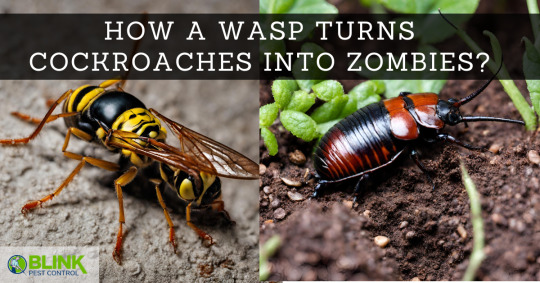
Ever wondered how a wasp turns cockroaches into zombies? Uncover the fascinating world of nature's mysteries in our latest blog https://blinkpestcontrol.com.au/blog/how-a-wasp-turns-cockroaches-into-zombies/ . Explore the bizarre relationship between wasps and cockroaches!
0 notes
Text
Do Bulls truly hate the color red?
The common depiction in popular media presents a bull as becoming intensely enraged at the sight of the matador's red cloth, charging at it ferociously to tear it and the matador to shreds. But does this really mean that bulls have an aversion to the color red?
#BullBehavior#ColorRedMyth#AnimalMyths#BullFacts#MatadorMisconceptions#DoBullsHateRed#AnimalBehavior#BustingMyths#BullfightingTruths#AnimalScience#ZoologyFacts#WildlifeCuriosities#BullVision#ColorPerception#NatureFacts#AnimalColorMyths
0 notes
Text
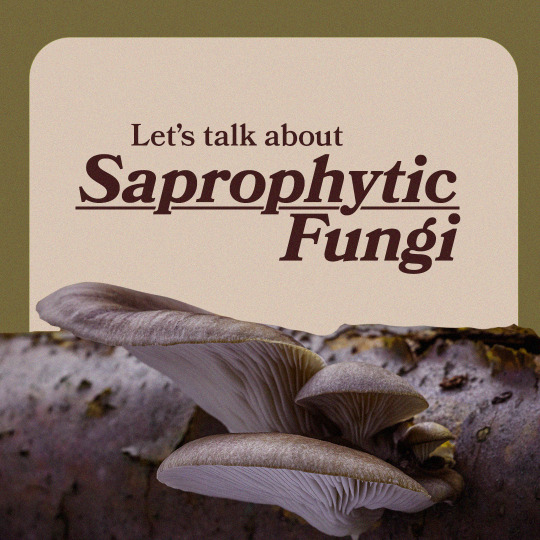
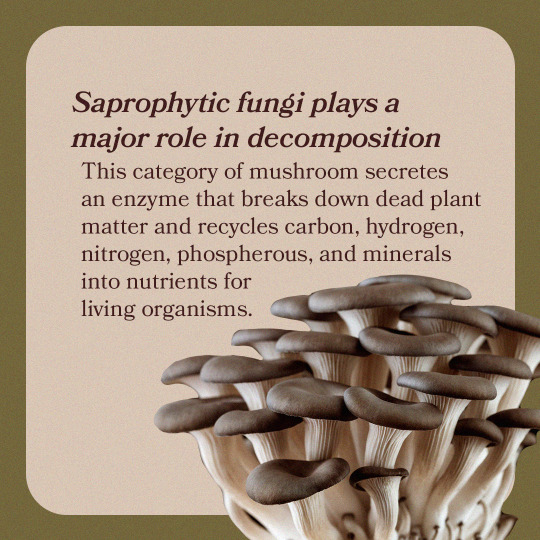
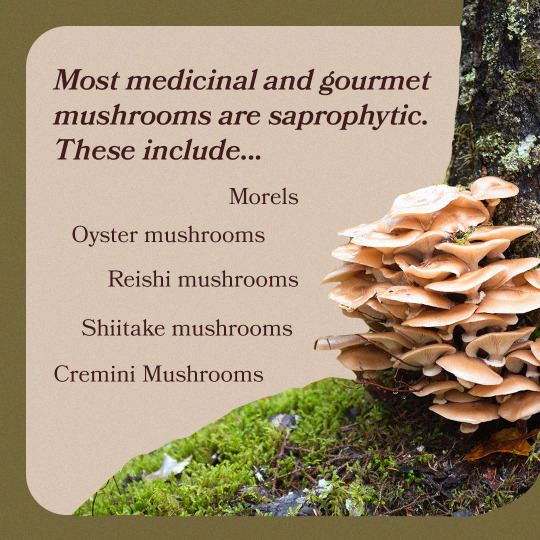
#saprophyte#mushrooms#fungi#fungus#shrooms#naturefact#lifeafterlife#lal#transcend#onelastgooddeed#conservation#sustainability#biodiversity#conservationcemetary#greenburial#naturalburial#symbiosis#thinklongerterm#one last good deed#turnintoatree#sustainableliving
8 notes
·
View notes
Photo
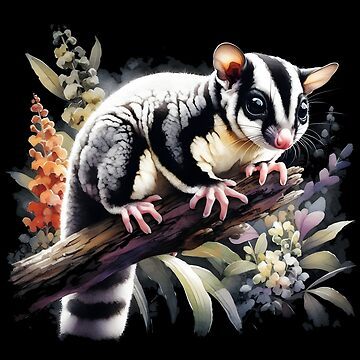
(via "Sugar glider watercolor" Throw Pillow for Sale by RubisLeaf)
🐿️ Fun Fact: Sugar gliders, the tiny acrobats of the night, can glide up to 150 feet using their webbed skin! 🌙✨ Explore the wonders of these adorable gliders! #SugarGliderFun #NighttimeAcrobats #WildlifeWonders #NatureFacts #GliderGlee #CuteAnimals #MarsupialMagic #NatureDiscovery #FacebookNature #AdorableGlider #GlideIntoTheNight #AnimalTrivia #SugarGliderAdventures #TinyButMighty 🐾🌟
1 note
·
View note
Video
youtube
Tiny Giants: Dung Beetles and Their Super Strength! 🐞💫 #shorts #naturewo...
#wildlife#nature photography#natureencounters#animal behavior#dung beetle#SuperpoweredBeetles#naturalwonders#EcosystemHeroes#wildlifemarvels#beetlespecies#EcologyExploration#naturedocumentary#animalstrength#naturefacts#wildlifewonders
1 note
·
View note
Text
Take a breath and join in on the quiz fun. Share your thoughts in the comment section.🤓
#BiologyQuiz #NatureFacts #CuriousMinds #JellyfishFacts #heart #varimedicalacademy
0 notes
Text
#ButterflyExcretion#ButterflyPee#NatureFacts#InsectBiology#Metamorphosis#Entomology#WasteManagement#UricAcid#FlutteringSecrets#ButterflyLifeCycle#NatureWonders#InsectBehavior#WildlifeFacts#ButterflyScience#AerialArtists
0 notes
Text

Un-bee-lievable Fact: Bees can do more than just buzz around – they can recognize and remember human faces! Nature's tiny super sleuths.
0 notes
Text
Forests Clean Water

Years ago, I took an online course on mountains, and one fact that stuck with me from it was about how people in the United States accidentally polluted the water in New York City by cutting down trees.
It was the 1800’s, and the trees in the Catskill Mountains were cut down to accommodate growing populations, and as a result, the water quality for New Yorkers deteriorated rapidly. Yes, the agriculture pollution and sewage did play a part, but the trees were decided to be such a big problem, that they decided something had to be done.
So, they purchased land, and 18000 the natural ecosystem.
How does this all work? With watersheds.
“Watershed: an area of high ground from which water flows down to a river”
Cambridge Dictionary
Imagine it is raining in a forest. Droplets hit the ground, and —thanks to the vegetation which slows runoff — it is absorbed into the soil like a sponge.
As the water move through the soil, microbes are actively removing harmful pollutants, silt is filtered, and plants are helping to remove fertilizers.
Some of the water will end up in our lakes and streams, but will be much cleaner than when it started.
"The ability of forests to aid in the filtration of water doesn’t only provide benefits to our health and the health of an ecosystem, but also to our pocketbooks. Forest cover has been directly linked to drinking water treatment costs, so the more forest in a source water watershed, the lower the cost to treat that water. Forests provide these benefits by filtering sediments and other pollutants from the water in the soil before it reaches a water source, such as a stream, lake or river."
American Forests
Since this intake and outtake of water is gradual, removal of these forests can even to lead to a higher chance of drought and floods.
youtube
youtube
#NatureScience#nature#nature facts#naturefacts#naturescience#nature science#environment#ecology#ecosystem#outdoors#forest#forests#Youtube
7 notes
·
View notes